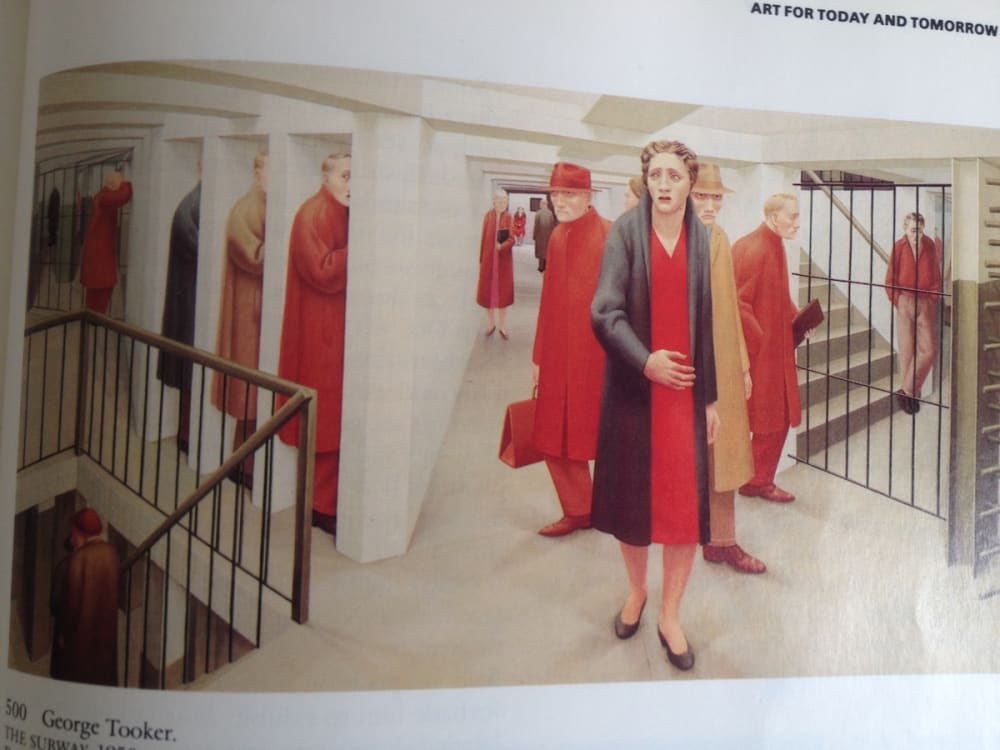MortalityGram - A population control scheme
Global population crossing the 7.7 B mark is a distressing and debilitating predicament. Many of the societal woes are intricately connected to the uncontrolled population growth. A global pandemic, military tensions, climate change to name a few. Of all these, the biggest social evil is the rapidly declining standard of living for the desolate and the downtrodden. This analysis addresses the issue in a socially conscientious and culturally sensitive way.
Here F(t) is the global population at time t. even though it is a discrete quantity, since the number is large enough it can be conceptualized as a continuous variable.
N(t) = n0H(t) …………… 1 is of interest .
n0 = children born at time t=0 N(t) is related to n0 in that it corresponds to people living at time t out of that pool of children, where H(t) is a function that determines the survival rate .
If R(tau) is the total number of new borns up to time 𝛕 , then R´( 𝛕 )d𝛕 is the number of new borns between t =𝛕 and t = 𝛕 + d𝛕 and the number of survivals at any future time t, out of these new borns is
R´( 𝛕)H(t- 𝛕 ) d𝛕
The total number of people living at time t is the sum of this existing global population from the new borns during every time interval d𝛕 between 𝛕 = 0 and 𝛕 =t, increased of course by the population from the newborns at time t=0.
Therefore
F(t) = F(0)H(t) + 0∫t R´(𝛕)H(t -𝛕)d𝛕 ……………… 2
we assume that F(0) at time t =0 are all new borns, then R(0) = 0
By knowing F(t) the global population at each instant and the survival factor H(t) the above equation becomes an integral equation of convolution type in R(t). Its solution gives the formula for the ideal number of new borns.
The equation is also an integral equation in the survival factor H(t) when F(t) and R(t) are known.
In either case the transformed equation is
f(s) = F(0)h(s) + sr(s)h(s) …………………. 3
then r(s) = [ f(s) - F(0)h(s) ] / sh(s) and R´(t) is the inverse transform of that function.
Suppose mortality is exponential in character so that
H(t) = e-kt and that the population is to be a constant say F(t) = b
then h(s) = 1 / (s+k) and f(s) = b / s it follows from the previous equations
r(s) = bk * (1 / (s2) ) ……………………. 4
therefore the birth rate has to be at such a rate that the total number of newborns up to time
t is R(t) = bkt,
a result of which is the solution of the equation representing the overall population.
In essence the birth rate has to be bk children per unit time.
Like this entry?
-
About the Entrant
- Name:Man Kal
- Type of entry:individual
- Software used for this entry:GNU C compiler
- Patent status:patented

